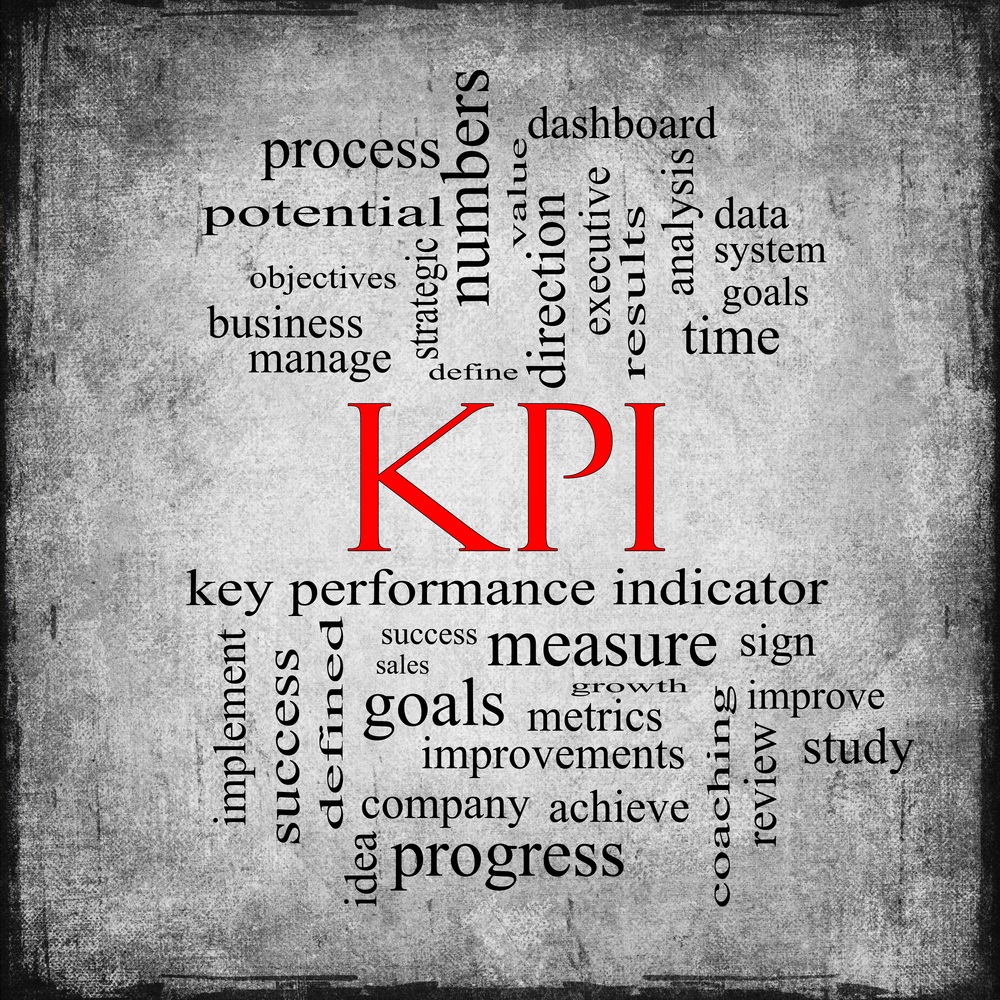Process Performance Metrics
/After a new business process is implemented, it’s paramount to measure whether it meets the set criteria. Process performance metrics, also known as KPIs (Key Performance Indicators), measure how a process performs and reflect the accomplishment of individual goals.
Process performance metrics generate data, bringing more efficiency and effectiveness to the decision-making process. The data generated by process performance metrics can be aggregated and displayed on a unified dashboard to provide a panoramic overview of the company’s performance.
Process Performance Metrics & Six Sigma
When measuring how successful a Six Sigma project has been, the following metrics are typically used:
- Percentage defective: What percentage of measured parts (e.g. parts manufactured, processes executed) are defective?
- Parts per million: The average number of measured defects per one million parts.
- Defects per unit: How many defects can be detected on average per part?
- Defects per opportunity: Considering all the opportunities for defects to occur, how many do actually occur on average?
- Defects per million opportunities: And how many defects occur per million opportunities?
- Rolled throughput yield: How many parts are not defective after going through a multi-stage process?
- The cost of poor quality: Indicates how costly defects are both internally and externally.
Other Performance Metrics
The above-described metrics can be used both before and after a six sigma project to indicate the effectiveness of your defect countermeasures. Of course, depending on the nature of your business, you may want to implement a host of other metrics to monitor other areas of focus, such as marketing, sales, finance, and others:
- Marketing: Marketing used to be placed right alongside sorcery. Except for raw sales numbers, marketing experts lacked the ability to demonstrate the effectiveness of their marketing campaigns. This has changed dramatically with the advent of the Internet, and it’s now easier than ever to monitor many useful metrics, such as web traffic, keyword ranking, social sentiment, and others.
- Sales: Sales are the coal that keep the steam locomotive that is the business going. Monitoring sales with the right performance metrics is critical. Some of the most note-worthy, sales-related metrics include sales growth over time, product performance, average purchase value, and average profit margin.
- Finance: Without the ability to generate revenue, there’s no long-term growth. The fiscal health of a business can be monitored by metrics such as debt to equity ratio, quick ratio, current ratio, and working capital, just to name a few.
How To Select Best Metrics?
When selecting metrics, it is advisable to ask what the customer values and which metrics are useful to the business. One should always choose metrics that measure things whose value is clearly understood and can be explained clearly and concisely.
Good metrics reveal opportunities as well as weaknesses. When many metrics are collected aimlessly, analysis paralysis can occur. A few well-chosen metrics can often do more good than a large selection of randomly chosen metrics.











User story maps are an interesting and collaborative way of eliciting user requirements. One of the reasons why I find it so powerful is because it provides a unique approach for aligning discussions relating to the user, their goals, the process that supports the accomplishment of their predefined goals; and the requirements that need to be addressed to solve business problems.